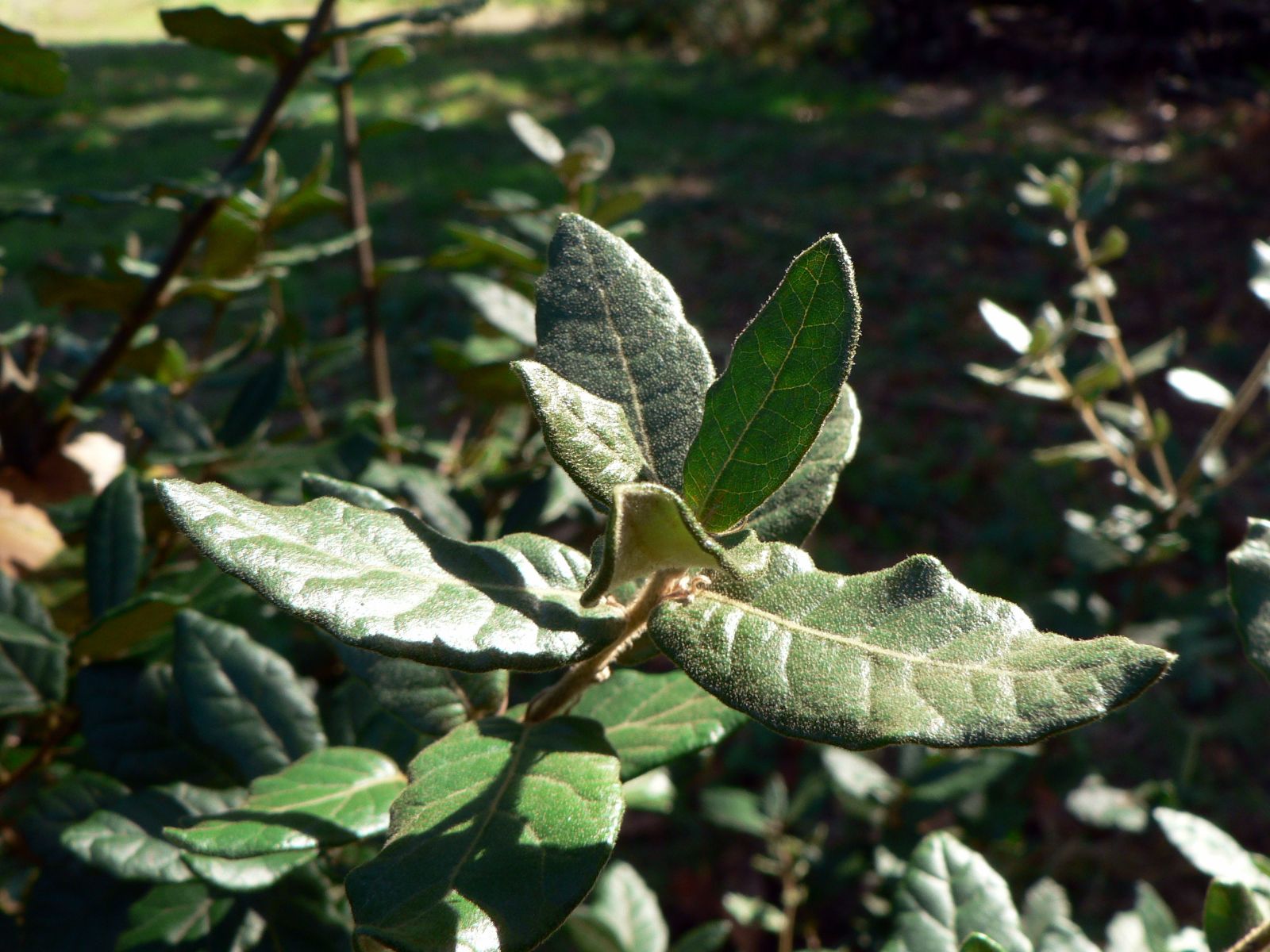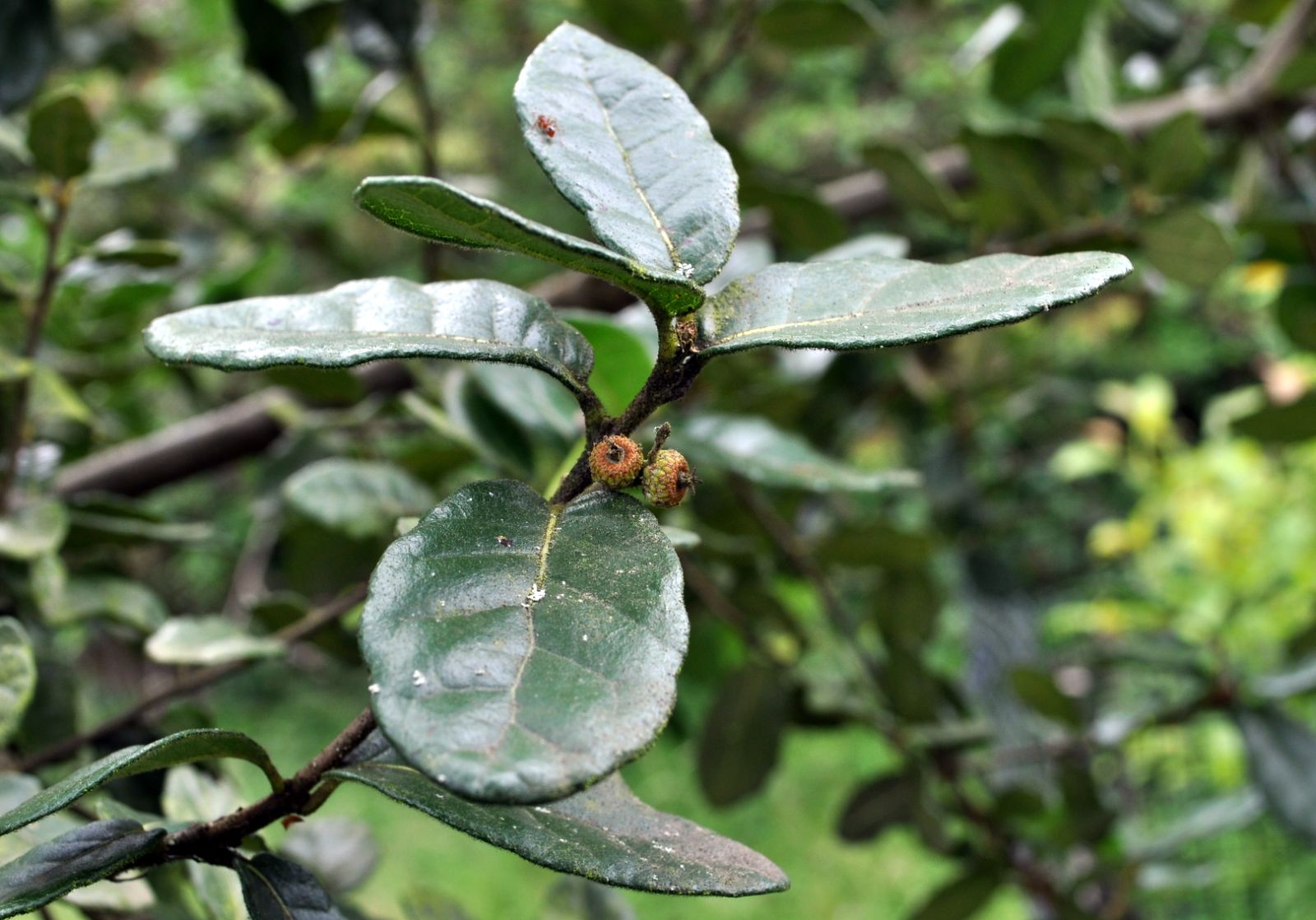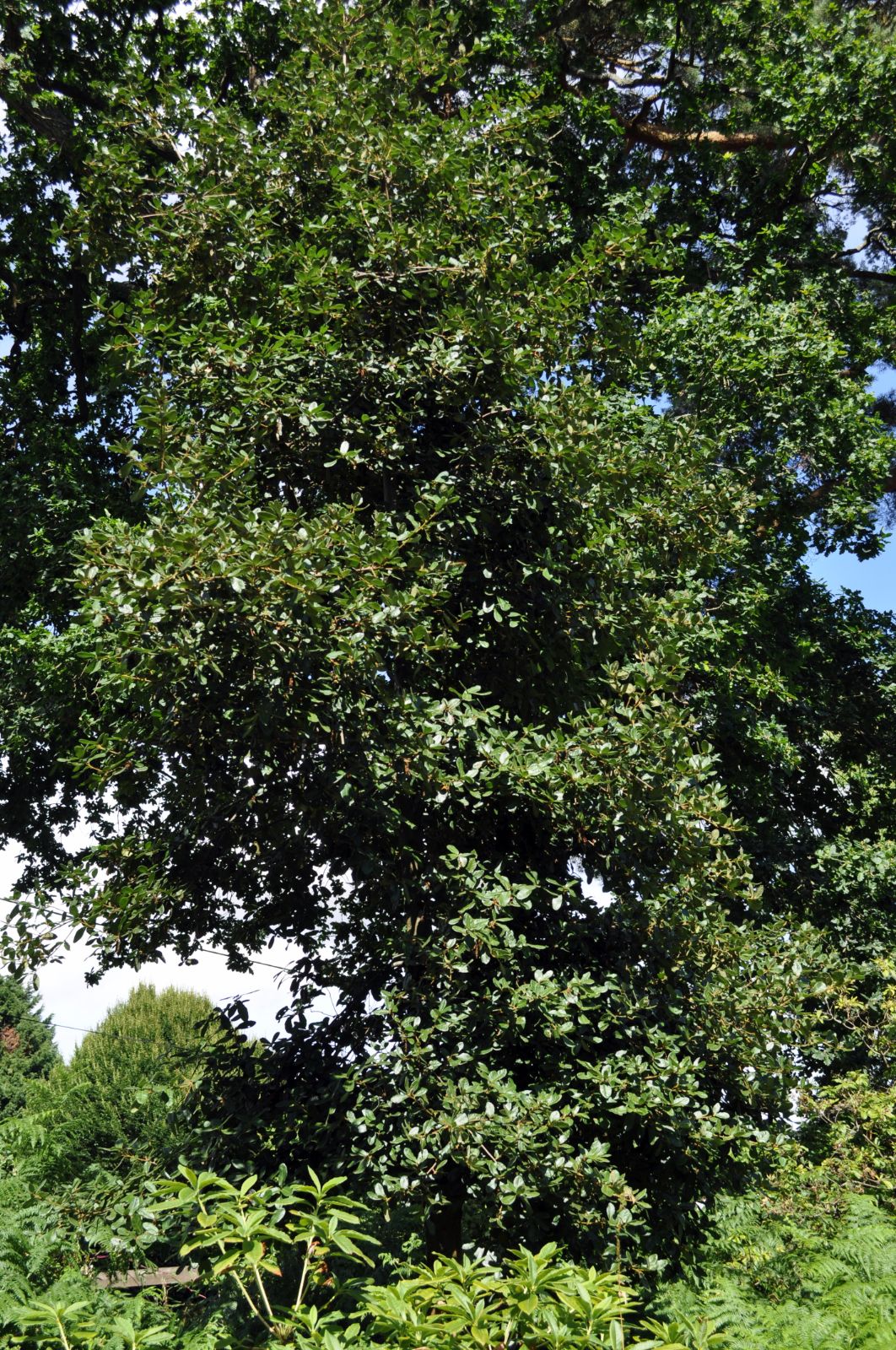Quercus senescens
Sponsor
Kindly sponsored by
The Trees and Shrubs Online Oak Consortium
Credits
Allen Coombes & Roderick Cameron (2021)
Recommended citation
Coombes, A. & Cameron, R. (2021), 'Quercus senescens' from the website Trees and Shrubs Online (treesandshrubsonline.
Genus
- Quercus
- Subgen. Cerris, Sect. Ilex
Other taxa in genus
- Quercus acerifolia
- Quercus acherdophylla
- Quercus acrodonta
- Quercus acuta
- Quercus acutifolia
- Quercus acutissima
- Quercus afares
- Quercus affinis
- Quercus agrifolia
- Quercus alba
- Quercus aliena
- Quercus alnifolia
- Quercus aquifolioides
- Quercus arizonica
- Quercus arkansana
- Quercus aucheri
- Quercus augustini
- Quercus austrina
- Quercus × auzendei
- Quercus baloot
- Quercus bambusifolia
- Quercus baronii
- Quercus bicolor
- Quercus brantii
- Quercus buckleyi
- Quercus canariensis
- Quercus canbyi
- Quercus candicans
- Quercus castanea
- Quercus castaneifolia
- Quercus cerris
- Quercus chenii
- Quercus chrysolepis
- Quercus coccifera
- Quercus cocciferoides
- Quercus coccinea
- Quercus conspersa
- Quercus crassifolia
- Quercus crassipes
- Quercus delavayi
- Quercus dentata
- Quercus deserticola
- Quercus dolicholepis
- Quercus douglasii
- Quercus dumosa
- Quercus durifolia
- Quercus eduardii
- Quercus ellipsoidalis
- Quercus emoryi
- Quercus engelmannii
- Quercus engleriana
- Quercus euboica
- Quercus eugeniifolia
- Quercus fabri
- Quercus faginea
- Quercus falcata
- Quercus floribunda
- Quercus frainetto
- Quercus franchetii
- Quercus fruticosa
- Quercus fusiformis
- Quercus gambelii
- Quercus garryana
- Quercus geminata
- Quercus georgiana
- Quercus germana
- Quercus gilliana
- Quercus gilva
- Quercus glabrescens
- Quercus glauca
- Quercus graciliformis
- Quercus gravesii
- Quercus griffithii
- Quercus grisea
- Quercus guyavifolia
- Quercus hartwissiana
- Quercus hemisphaerica
- Quercus × hispanica
- Quercus hondae
- Quercus hypargyrea
- Quercus hypoleucoides
- Quercus ilex
- Quercus ilicifolia
- Quercus imbricaria
- Quercus incana
- Quercus infectoria
- Quercus insignis
- Quercus ithaburensis
- Quercus kelloggii
- Quercus × kewensis
- Quercus kiukiangensis
- Quercus laceyi
- Quercus laevis
- Quercus lamellosa
- Quercus lanata
- Quercus lancifolia
- Quercus laurifolia
- Quercus laurina
- Quercus × leana
- Quercus leucotrichophora
- Quercus × libanerris
- Quercus libani
- Quercus lobata
- Quercus lobbii
- Quercus lodicosa
- Quercus longinux
- Quercus longispica
- Quercus look
- Quercus × ludoviciana
- Quercus macranthera
- Quercus macrocalyx
- Quercus macrocarpa
- Quercus macrolepis
- Quercus marilandica
- Quercus mexicana
- Quercus michauxii
- Quercus mongolica
- Quercus monimotricha
- Quercus montana
- Quercus morii
- Quercus muehlenbergii
- Quercus myrsinifolia
- Quercus myrtifolia
- Quercus nigra
- Quercus × numidica
- Quercus oblongifolia
- Quercus obtusata
- Quercus oglethorpensis
- Quercus oxyodon
- Quercus pagoda
- Quercus palmeri
- Quercus palustris
- Quercus pannosa
- Quercus parvula
- Quercus petraea
- Quercus phellos
- Quercus phillyreoides
- Quercus planipocula
- Quercus poilanei
- Quercus polymorpha
- Quercus pontica
- Quercus prinoides
- Quercus pubescens
- Quercus pyrenaica
- Quercus rehderiana
- Quercus reticulata
- Quercus robur
- Quercus rotundifolia
- Quercus rubra
- Quercus rugosa
- Quercus rysophylla
- Quercus sadleriana
- Quercus salicina
- Quercus sartorii
- Quercus × schneideri
- Quercus schottkyana
- Quercus semecarpifolia
- Quercus serrata
- Quercus sessilifolia
- Quercus setulosa
- Quercus shumardii
- Quercus sinuata
- Quercus spinosa
- Quercus stellata
- Quercus stenophylloides
- Quercus suber
- Quercus subspathulata
- Quercus tarokoensis
- Quercus tatakaensis
- Quercus texana
- Quercus tomentella
- Quercus trojana
- Quercus tungmaiensis
- Quercus turbinella
- Quercus × turneri
- Quercus undulata
- Quercus utahensis
- Quercus utilis
- Quercus uxoris
- Quercus variabilis
- Quercus velutina
- Quercus virginiana
- Quercus vulcanica
- Quercus warburgii
- Quercus wislizenii
- Quercus xalapensis
Tree to 20 m tall, often smaller and shrubby. Bark dark grey, deeply ridged. Young shoots with a persistent yellow-grey or brown tomentum. Leaves evergreen, to 8 × 4.5 cm, smaller on fertile shoots, elliptic, rounded at the base and the apex, margin spine toothed particularly on juvenile plants, mostly entire or with few teeth on mature plants. They are densely grey-tomentose on both sides when they emerge, becoming glabrous above but the tomentum persisting on the underside. There are up to 9 pairs of impressed veins but fewer on the smaller leaves of mature plants. Petiole grey-tomentose, 5 mm or less. Infructescence 3 cm or less bearing 1 or 2 cupules. Cups hemispherical, to c. 8 × 1.5 cm, with appressed, grey-hairy scales. Acorns ovoid, to 1.8 × 1 cm, about half enclosed in the cup and ripening the first year. (Menitsky 2005; Huang et al. 1999; le Hardÿ de Beaulieu & Lamant 2010).
Distribution China Guizhou, Sichuan, Xizang, Yunnan India Sikkim
Habitat Mountain forests at 1900–3300 m asl.
USDA Hardiness Zone 7
Conservation status Least concern (LC)
At Tregrehan, England, a plant grown from seed from the Jianchuan area of west Yunnan reached 7 m × 12 cm in 2014 (Tree Register 2020) but has since died. A plant at Arboretum des Pouyouleix in France, raised from Yunnan seed sent in 2012, was multistemmed and 2 m tall in 2020. Another plant there raised from seed collected by Josef Soucek in Guizhou in 2013 was 2 m × 2 cm on a single stem in 2020. (B. Chassé pers. comm. 2020).
A tree at the Sir Harold Hillier Gardens, England, (Coombes 479A), collected as Q. rehderiana, is thought to be a hybrid with Q. senescens. It was selected from a batch of young plants raised from seed of Q. rehderiana collected in Yunnan by Allen Coombes in 1998 (Coombes 479) and growing with Q. senescens. This tree resembles Q. rehderiana in its dense, columnar habit but is much faster growing, reaching 11.9 m × 24.3 cm dbh in 2020 (B. Clarke pers. comm. 2020). The leaves are intermediate between those of the parents and are more hairy than Q. rehderiana above and hairy beneath but green. The petiole is also densely hairy.
Described in 1929. The epithet means ‘graying’ (derived from Latin senex = old), in reference to the gray hairs that cover the young leaves.







